Picture this: after decades without a single wild cheetah, India is once again home to these breathtaking spotted cats. It’s a story that tugs at the heart—one of hope, struggle, and a dash of controversy. The 2024 cheetah reintroduction project is more than just animals crossing borders; it’s about restoring balance, reviving lost dreams, and facing tough questions. As the world watches, India’s grasslands whisper with the soft pad of cheetah paws for the first time in seventy years. What unfolds is both inspiring and, at times, deeply sobering. Let’s wander through the many facets of this remarkable feline comeback, one paw print at a time.
The Return of a Ghost

For years, cheetahs were only a memory in India’s wild places—a ghost of the grasslands. Their extinction was a wound that never quite healed. The news that cheetahs would roam again stunned many and brought a rush of hope. Imagine seeing those lithe bodies sprinting under the Indian sun after so long! The sense of national pride is almost electric. Yet, behind the headlines lies a mix of anxiety and excitement. Can these newcomers carve out a place in a changed world? India’s bold gamble is unfolding in real time, and the country holds its breath, wondering if the echo of cheetah footfalls will grow louder or fade once more.
Why Bring Back Cheetahs?

The motivation goes beyond nostalgia. Cheetahs are more than beautiful—they’re ecological artists, shaping the landscape with their hunting. Without them, prey animals grow bold, grasslands change, and balance tips into chaos. India’s scientists and conservationists hope that bringing cheetahs back will restore a missing piece of the ecosystem puzzle. This isn’t just about one animal; it’s about healing a living tapestry. The project calls us to reflect on our role as caretakers, urging us to make amends where we can. The cheetah’s return is both a scientific mission and a gesture of hope for a richer, wilder tomorrow.
Choosing the Right Home

Selecting a new home for cheetahs is like finding the perfect apartment—location matters. The Kuno National Park in Madhya Pradesh was picked for its wide grasslands, water sources, and prey. But it’s not a perfect match. The landscape has changed since cheetahs last prowled here. Some worry: Are there enough open spaces? Will they clash with other predators? Every patch of habitat has a story, and for cheetahs, the stakes are high. Their future depends on delicate decisions made today. It’s a reminder that even the wildest animals need a little help finding where they belong.
The First Steps on Indian Soil

The moment cheetahs touched Indian soil was historic. They stepped warily from crates, blinking at new skies and strange scents. It’s hard not to feel goosebumps at the thought. Yet, this was only the beginning of their journey. The cats had to adapt—learning the lay of the land, finding food, and discovering where to hide. For keepers and vets, it was a tense time, filled with sleepless nights and silent prayers. The cheetahs’ first days were a blend of discovery and survival, a living testament to resilience and hope in the face of the unknown.
The Struggle to Settle In

Settling into a new home isn’t easy, even for cheetahs. Some adapted quickly, chasing deer and exploring their new territory. Others seemed lost, missing the familiar scents and shapes of Africa. There were setbacks—some cheetahs fell sick, a few even died, casting a shadow over the project. Each loss stung deeply, a reminder that nature doesn’t always bend to human plans. But the survivors grew stronger, teaching us the value of patience. Watching them learn, stumble, and rise again has been both heart-wrenching and inspiring, showing the grit that all wild creatures carry inside.
The Challenge of Prey
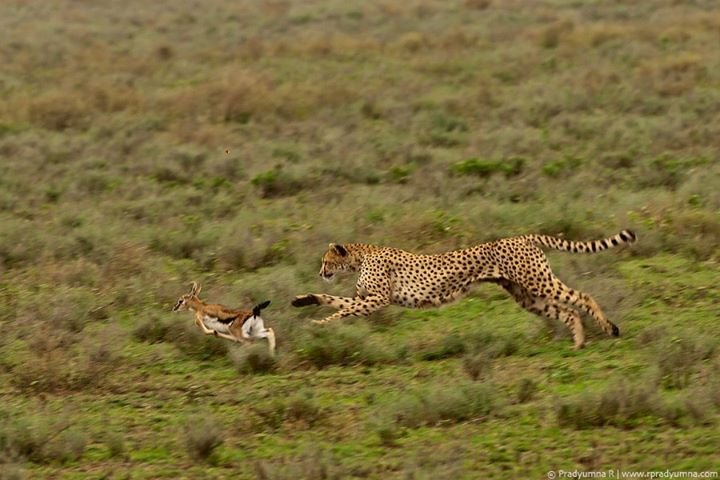
What’s a cheetah without a chase? For these cats, finding enough food is a daily test. Kuno’s grasslands are home to chital and sambar, but numbers are limited. Cheetahs need wide spaces and plenty of prey to thrive. Conservationists are working hard, boosting deer populations and monitoring kills. Sometimes, the cats wander too far, bumping into villages or getting tangled with leopards. The feast-or-famine rhythm is a tough teacher. Every successful hunt feels like a small miracle, a step closer to a self-sustaining population. The prey challenge is a reminder that even the fastest animal on earth can’t outrun a shortage of food.
Human–Wildlife Tensions

Cheetahs don’t understand boundaries, but people do. Sometimes, the cats stray near farms or villages, causing worry and even fear. Livestock losses spark conflict, and not everyone welcomes their spotted neighbors. Conservation teams work overtime, building fences, educating locals, and compensating losses. It’s a delicate dance—balancing the needs of people and predators. Sometimes, old fears flare up. Will cheetahs become the villains in a new story? Or can trust be rebuilt, one conversation at a time? The answer may decide the fate of the project, showing that conservation is as much about hearts as it is about habitats.
Learning to Live Wild Again
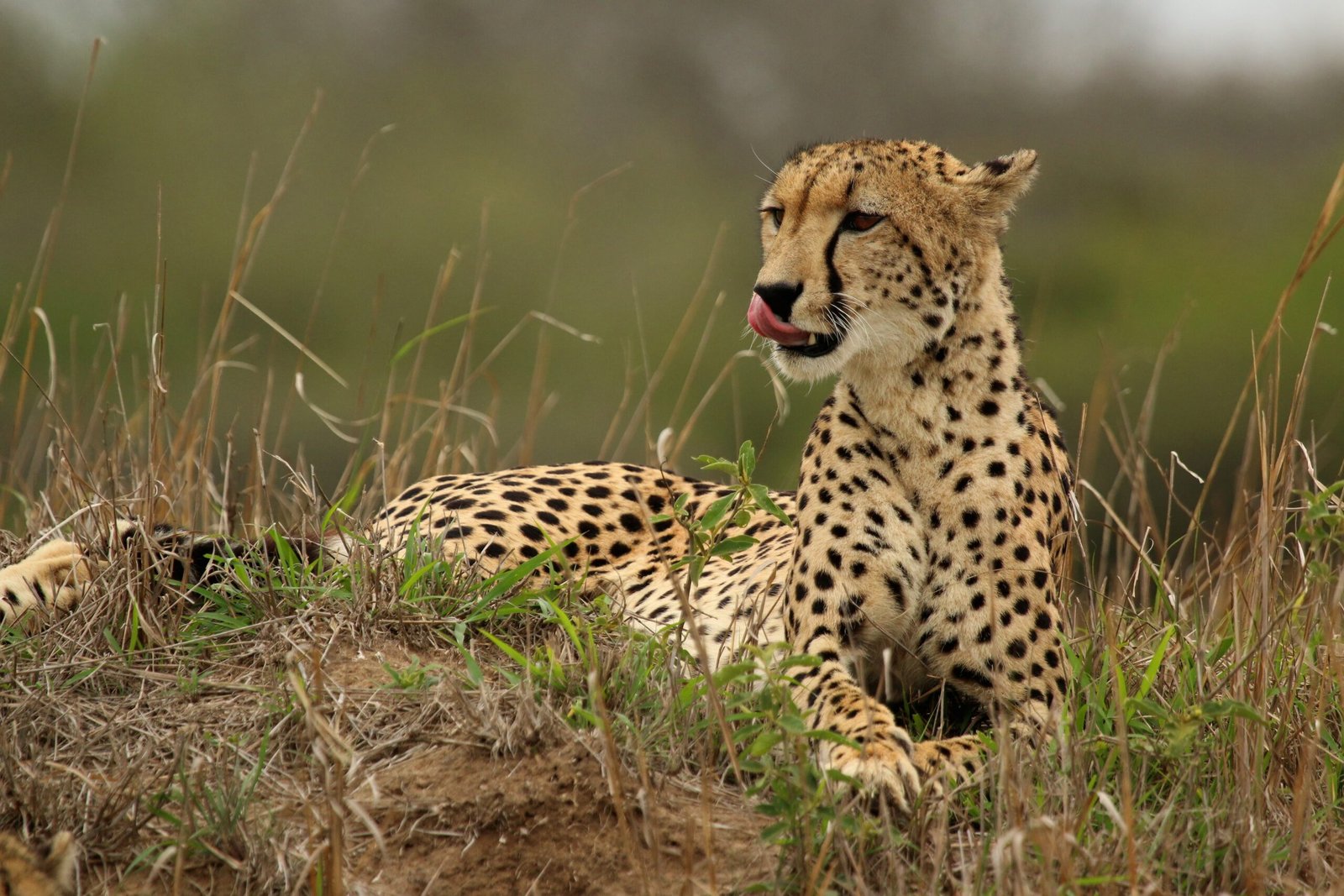
Cheetahs brought from Africa have instincts, but the Indian wild is unfamiliar. They must relearn how to stalk, hide, and survive in a world filled with new dangers. Some adapt, quickly mastering the art of the ambush. Others falter, confused by the differences in terrain and prey. Their journey is a bit like moving to a new school—you have to find your place, make friends, and avoid bullies (like leopards and wild dogs). Each day brings lessons, and each lesson brings hope. Their struggle is a living reminder that wildness is not something you can simply pack and move—it must be earned anew.
Local Communities’ Mixed Feelings

For many villagers living near Kuno, the cheetah’s return is met with curiosity, pride, and a fair share of worry. Some hope the project will bring tourists and jobs, breathing new life into their communities. Others fear for their crops or livestock, wondering how their lives will change. Conservationists spend hours talking, listening, and reassuring. There’s a quiet recognition that the project’s success depends on building real trust. It’s not just about saving cheetahs; it’s about making sure people feel included and respected. In the end, coexistence is as much about empathy as it is about fences or compensation funds.
Monitoring Every Move

Each cheetah wears a GPS collar, a high-tech lifeline that tells rangers where they are, what they’re doing, and if they’re in trouble. It’s a bit like parents tracking a teenager’s phone—equal parts caring and nerve-wracking. The data is invaluable, revealing patterns, risks, and surprises. Sometimes, collars show a cheetah is sick or stuck, allowing for swift rescue. Other times, they tell stories of long journeys and new discoveries. This technology isn’t perfect, but it’s a game-changer, helping humans keep a protective eye on India’s new wild children as they learn to navigate a challenging world.
Health Woes and Surprises

No one expected the health challenges that cropped up. Some cheetahs suffered from infections and parasites, while others struggled with stress and new diets. Vets worked around the clock, learning on the fly. Each setback felt personal—a reminder that wild animals are heartbreakingly fragile. But there were surprises, too: a few cheetahs adapted faster than anyone dreamed, thriving against the odds. The emotional rollercoaster of triumph and loss has left everyone involved changed. The health of these cats is a daily concern, showing how much care and vigilance it takes to keep a species—and a dream—alive.
Adapting to New Predators

India’s wilds are home to leopards, wolves, and even the occasional tiger. For cheetahs, these are unfamiliar threats. In Africa, they’re top sprinters, but here, they must watch their backs more than ever. A few tense encounters have taught hard lessons. Conservationists worry about fights over food or territory, and sometimes have to intervene. The cheetahs are learning to be cautious, picking their paths and hunting grounds more wisely. Their journey is a crash course in survival, a daily test of instinct and adaptability. Each close call adds a line to the story of their return, reminding us how complex nature truly is.
Celebrating Small Victories

Every time a cheetah brings down a deer or settles into a new territory, the team celebrates. These small victories are hard-won and deeply cherished. In a project filled with challenges, they shine like bright stars in a sometimes stormy sky. Even a single healthy cub born in the wild is cause for joy, a sign that hope isn’t misplaced. The staff and locals often gather to share news, clapping for every success. These moments bring people together, reminding everyone why the struggle is worth it. Each victory is a step closer to a future where cheetahs belong once more.
The Role of Global Partnerships

This project didn’t happen in a vacuum. Cheetahs came from Namibia and South Africa, thanks to careful negotiations and global goodwill. Experts from around the world pitched in, sharing wisdom and resources. It’s a reminder that conservation knows no borders. The world is rooting for India’s cheetahs, and every success sends ripples of hope far beyond Kuno. International teamwork has brought new ideas and solutions, helping smooth over obstacles that once seemed impossible. The spirit of collaboration is a quiet triumph, proving that when people unite for a common cause, even the wildest dreams can take flight.
Eco-Tourism: Promise or Peril?
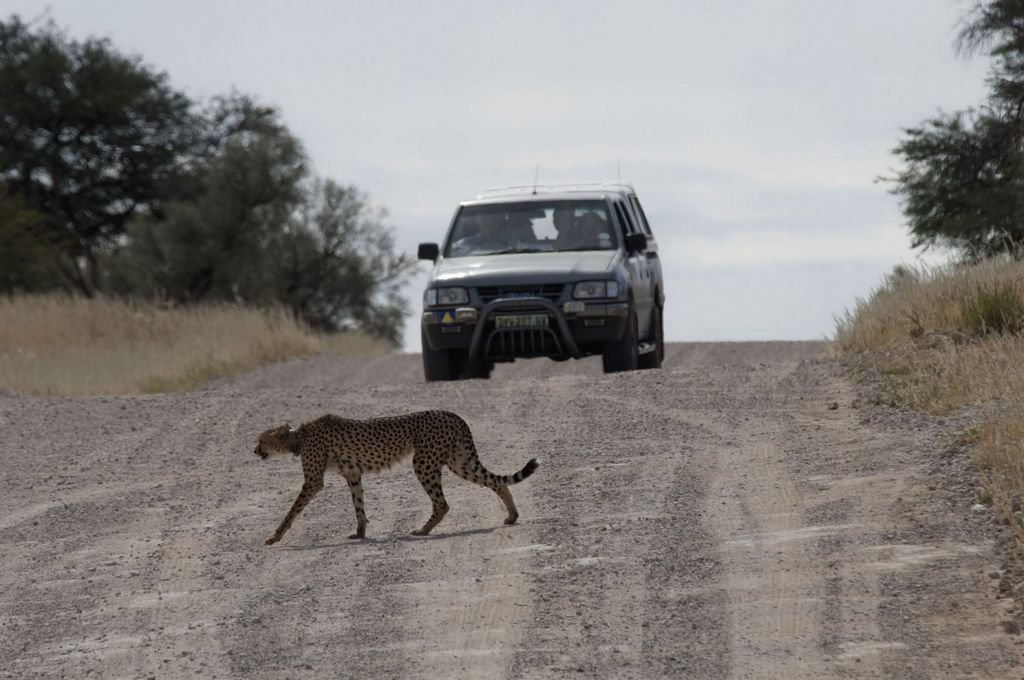
Tourists are already flocking to see India’s new cheetahs, cameras in hand and hearts aflutter. The promise of eco-tourism is real—jobs, income, and a new sense of pride for local communities. But there’s a flip side. Too much attention can stress the cats and disrupt their routines. Conservationists are treading carefully, balancing the thrill of wildlife watching with the need for peace and quiet. Rules and restrictions are in place, but it’s a tricky balance. The hope is that tourism can become a lifeline for both people and cheetahs, but only if handled with care and respect.
Breeding Hopes and Hurdles

Perhaps the greatest hope is that cheetahs will breed in the wild, signaling that they’ve truly settled in. The first signs of mating brought cheers and nervous excitement. But raising cubs is a challenge, with risks from predators, disease, and even weather. The few cubs born so far have captured the nation’s imagination. Each one is a tiny miracle, a promise of a wilder future. Yet, not all have survived—nature can be harsh. Still, the sight of playful cubs under Indian skies fills even the most jaded hearts with wonder. The dream of self-sustaining cheetahs remains alive, fragile but fiercely cherished.
Lessons from Setbacks

It’s not all smooth running. Setbacks have been painful—losses to illness, predation, or simple bad luck. Critics have questioned the project’s wisdom and cost. Each challenge forces tough questions: Are we doing enough? Is it fair to the animals? These moments of doubt are hard but necessary. They spark reflection, growth, and innovation. Conservation is a long road, paved with both failures and triumphs. The setbacks aren’t the end of the story; they’re the lessons that shape a better future. Each one is a reminder that saving a species means learning from every stumble and never giving up hope.
Science in Action

The project is a living laboratory, with scientists gathering data on everything from diet to disease. Each cheetah is a teacher, showing what works—and what doesn’t—in real time. The lessons learned here will echo far beyond India, informing efforts to save cheetahs and other endangered animals worldwide. Researchers are humble, admitting what they don’t know and sharing their findings openly. This spirit of curiosity and openness is at the heart of good science. The cheetah project isn’t just about cats; it’s about discovering how humans and wildlife can share a planet with respect and care.
The Emotional Toll on Caretakers

Behind every successful hunt or healthy cub is a team of caretakers who pour their hearts into this work. They celebrate the highs and mourn the lows, often in silence. The emotional rollercoaster is exhausting, but the bonds formed with the cheetahs are deep and real. Many describe the project as a calling, a chance to make a difference that will outlast them. The dedication is inspiring—proof that conservation isn’t just about science, but about love and compassion. The caretakers’ quiet heroism is a thread running through the story, holding it together when things get tough.
Policy and Political Winds
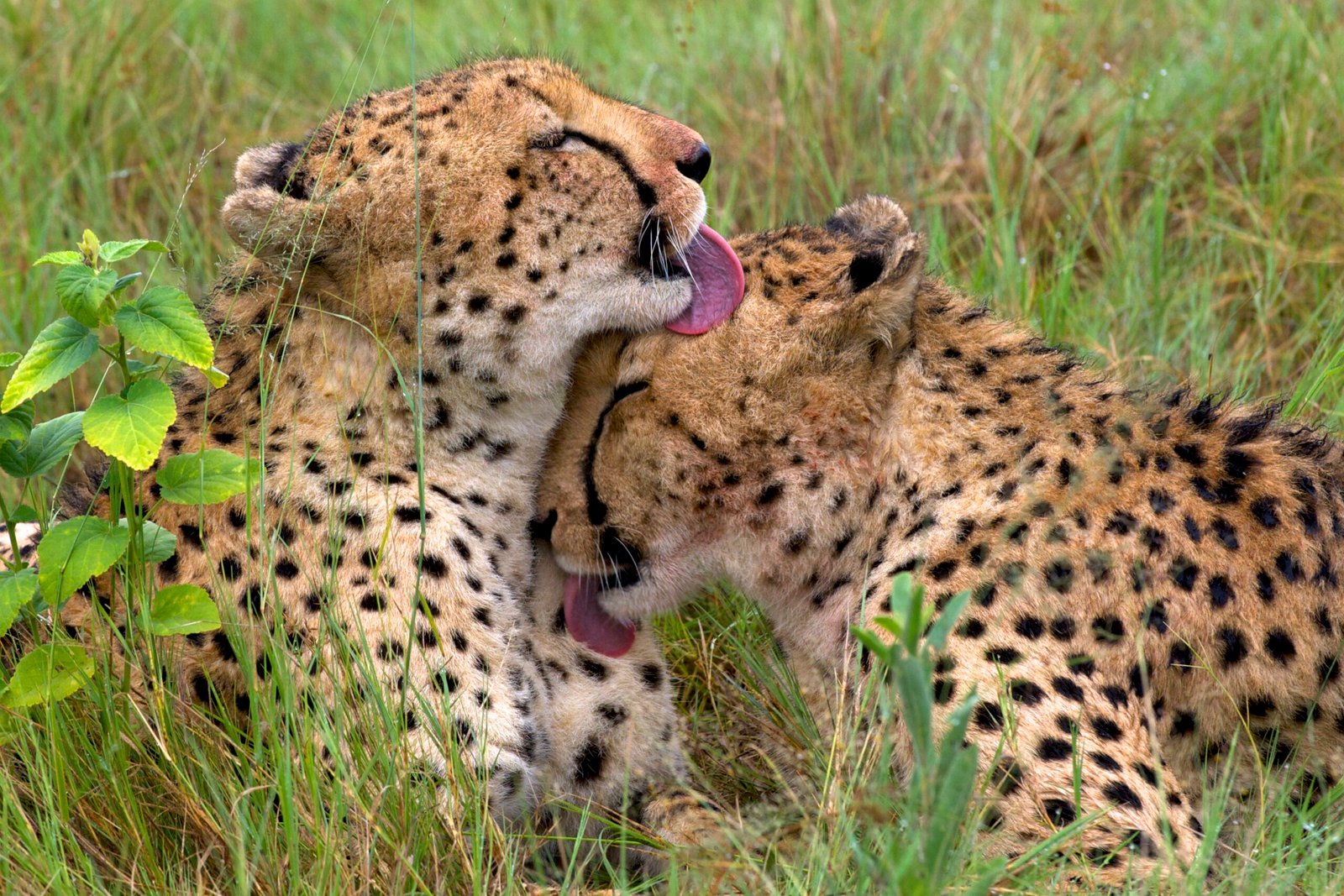
No project this big happens without politics. Support from the government has been crucial, but policy can shift with the winds. Funding, laws, and leadership all play a part in shaping the cheetahs’ future. Sometimes, decisions made in distant offices ripple out to the grasslands in ways no one expected. Advocacy groups and scientists work hard to keep the project on track, reminding leaders that the world is watching. It’s a reminder that conservation is as much about persuasion and persistence as it is about biology. The fate of India’s cheetahs may rest as much on policy as on paws.
Climate Change Complications

The world the cheetahs return to is not the one they left. Rising temperatures, shifting rainfall, and changing habitats all pose new challenges. Water sources dry up, prey patterns shift, and diseases spread in unexpected ways. Conservationists are tracking these changes closely, adjusting plans as needed. Climate change is the wild card in the deck—unpredictable and relentless. Yet, the cheetahs’ story offers a glimmer of resilience. If they can adapt, perhaps there’s hope for other species, too. The battle against climate change is bigger than any one project, but every small victory matters in the fight for a wilder, healthier planet.
Learning from Africa’s Experience

India’s cheetah project draws heavily on lessons from Africa, where conservationists have decades of experience. From anti-poaching patrols to prey management, the wisdom shared has been invaluable. But every landscape is unique, and what works in Namibia or South Africa doesn’t always translate to Kuno. The willingness to learn and adapt is essential. Mistakes have been made, but humility and openness have kept progress moving. The project is a bridge—not just between continents, but between ways of thinking. The hope is that India’s journey can one day offer lessons of its own to the world, closing a circle of learning and compassion.
The Magic of Spotting a Wild Cheetah

There’s something almost magical about seeing a cheetah in the wild—a flash of gold, a ripple of muscle, a sense of speed and grace that takes your breath away. For many visitors, the moment is unforgettable, a reminder of the beauty and power of the natural world. Even for seasoned rangers, each sighting feels like a gift. The cheetahs’ presence transforms ordinary grasslands into places of wonder and possibility. They remind us why we fight for wildness, why we dream of a world where such creatures still exist. In their spotted coats, we see not just a species restored, but a hope reborn.
Dreams for the Future
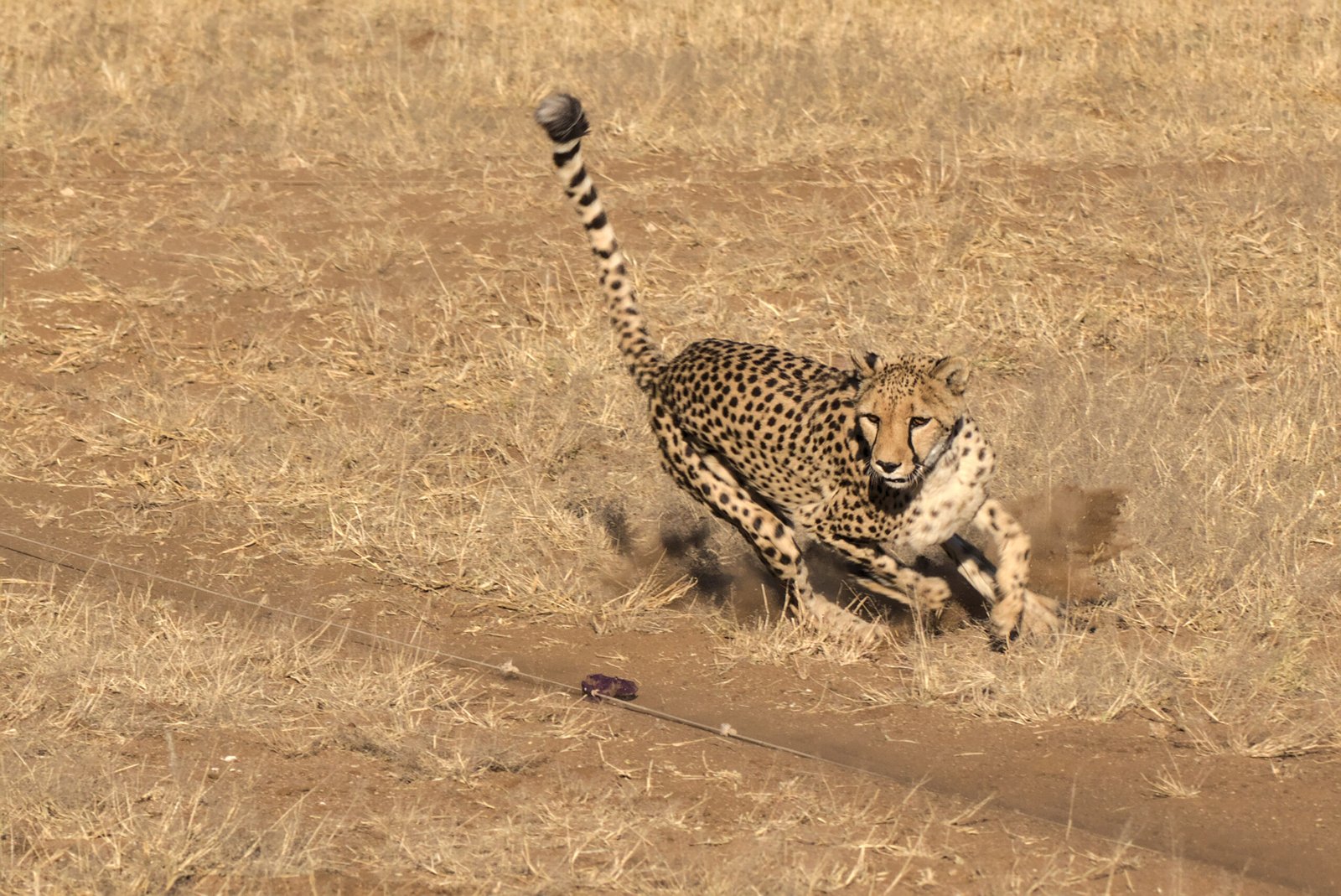
The cheetah project is far from over. There are plans to release more animals, expand protected areas, and deepen community involvement. The dream is bold—a self-sustaining population of cheetahs racing across Indian grasslands, a symbol of what’s possible when people and nature work hand in hand. The road ahead is long, with many turns and surprises. But the vision inspires, drawing in new supporters and sparking imaginations. It’s a story still being written, shaped by thousands of hands and hearts. The future remains uncertain, but the dream is alive—and sometimes, that’s enough to keep going.
Conclusion
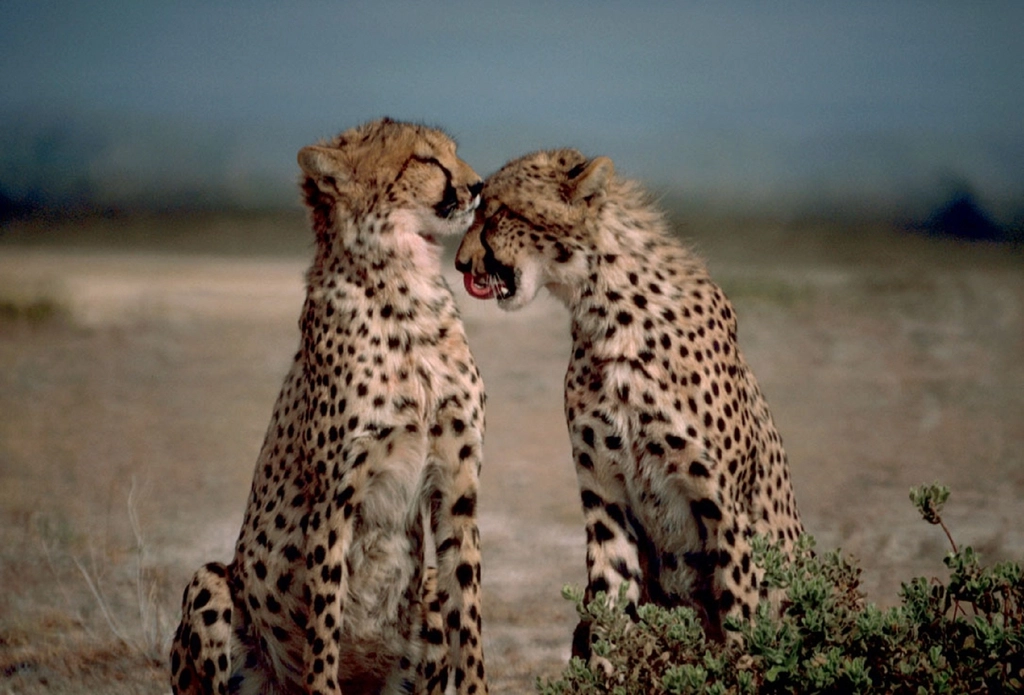
Felines, with their quiet strength and wild beauty, awaken something deep within us—a longing for mystery, freedom, and connection. The 2024 cheetah reintroduction in India is a tapestry woven from hope, heartbreak, and hard-won wisdom. As we watch these spotted cats reclaim lost ground, we’re reminded that saving a species is never simple, but always worthwhile. Their journey challenges us to look beyond ourselves, to care for the wild places and creatures that share our world. In every paw print, there’s a lesson about resilience and the power of second chances. Isn’t it amazing what can happen when we dare to dream wild?

Suhail Ahmed is a passionate digital professional and nature enthusiast with over 8 years of experience in content strategy, SEO, web development, and digital operations. Alongside his freelance journey, Suhail actively contributes to nature and wildlife platforms like Feline Fam, where he channels his curiosity for the Feline into engaging, educational storytelling.
With a strong background in managing digital ecosystems — from ecommerce stores and WordPress websites to social media and automation — Suhail merges technical precision with creative insight. His content reflects a rare balance: SEO-friendly yet deeply human, data-informed yet emotionally resonant.
Driven by a love for discovery and storytelling, Suhail believes in using digital platforms to amplify causes that matter — especially those protecting Earth’s biodiversity and inspiring sustainable living. Whether he’s managing online projects or crafting wildlife content, his goal remains the same: to inform, inspire, and leave a positive digital footprint.






